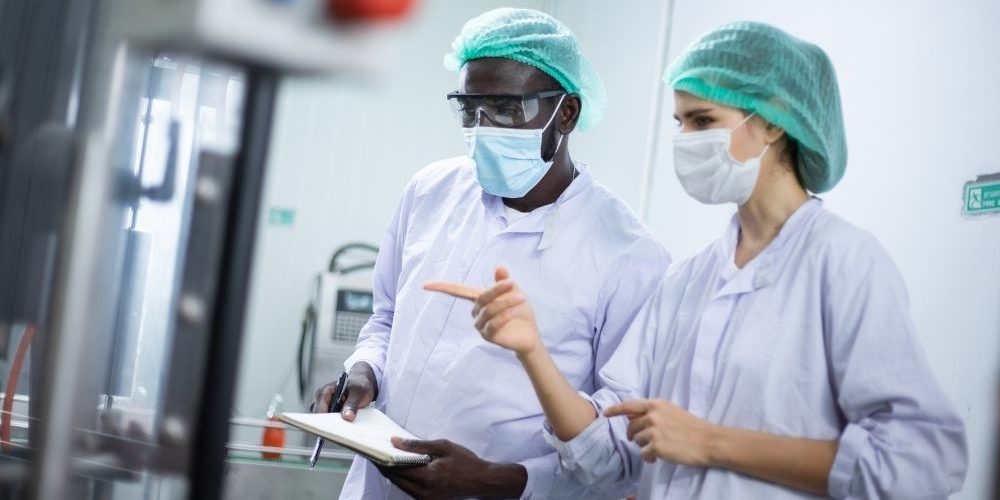As your business grows, there will come a time when your lab simply isn’t cutting it anymore, and you’ll inevitably need to expand and scale up your production. During this process, you’ll experience growing pains, as familiar processes don’t quite work on an industrial level. You must alter and change operations in order to find success. Let this guide help you how to scale up from lab to industrial production.
Plan Ahead
The process of scaling up your production is a very costly and time-consuming endeavor, so you want to make sure you have extensively and meticulously planned out every step of the process. In particular, you want to have the end result already in mind. This will ensure you have a reasonable and attainable goal for what your company will accomplish when you finally scale up production. Furthermore, this will keep you from making oversights and shortcuts that can result in catastrophic consequences. By paying thorough attention to detail, you’ll be able to minimize risks and surprises while preserving the confidence that stakeholders have in your company.
Outsourcing
However, if it is impractical or impossible for your company to scale up its facilities and production, outsourcing can be a more cost-effective and reliable way to increase production. Not only can you outsource production to third-party facilities, but Capital Resin Corporation can assist you with chemical research and development to make your processes and practices more efficient and cost-effective and produce a higher quality product.
Potential Risks
No matter how well you plan, there will always be potential risks and problems. Anticipating them, however, and being ready to account for them is crucial when learning how to scale up lab to industrial production. These problems can range from contaminated or compromised raw materials to utility and mechanical failures. Installing backup equipment or machinery will help you keep production going when the primary machinery breaks down or needs maintenance. Never skimp on equipment to cut costs because you’ll be placing your facilities at greater risk if they’re missing crucial components or if you don’t have the right tools to fix or prevent a disaster.







